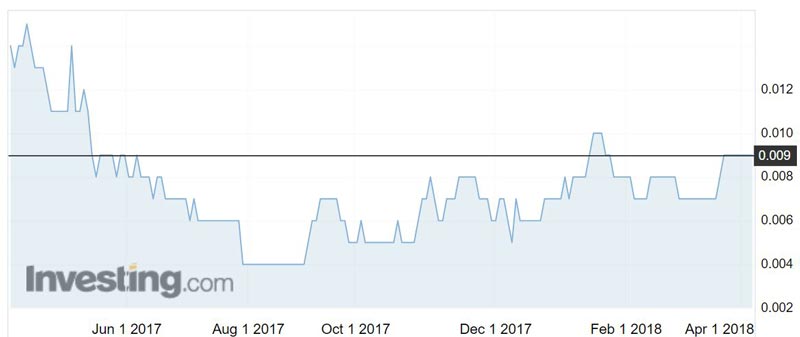MRG Metals thinks heavy mineral sands could be its game changer
Mining
Mining
Junior explorer MRG Metals is buying a heavy mineral sands project in Southern Mozambique and is hoping it will ignite investor interest.
The tiddler, which has a market cap of just $5 million and an enterprise value of under $3 million at a share price of 0.9c, has struggled to get the market to realise the value of its base and precious metals projects in Sweden and Australia.
“The existing projects still have value; however, this transaction is potentially transformative for the company,” Richard Rouse, head of business and strategic development for Peak Asset Management, told Stockhead.
“The future for titanium minerals such as ilmenite and rutile is looking positive as demand picks up and supply tightens.”
In the past year MRG’s share price has traded between 0.4c and 1.5c.

But non-executive director Shane Turner hopes that will change with the planned acquisition of three heavy mineral sands (HMS) prospects.
“We’ve been very mindful to get something that we think is going to drive the company,” Mr Turner told Stockhead.
“It’s in a world class province of heavy mineral sands and it has the potential to be a major exploration target.”
Location, location, location
The prospects lie between the Corridor 1 deposit owned by Chinese group Anhui Foreign Economic Construction Group and Rio Tinto’s Chilubane project, which is in the feasibility stage.
The Corridor 1 deposit, northwest of the Corridor prospects being picked up by MRG, is estimated to be producing 500,000 tonnes of ilmenite, 35,000 tonnes of zircon and 10,000 tonnes of rutile concentrate each year, which is being exported to China via the port of Maputo.
> Bookmark this link for small cap breaking news
> Discuss small cap news in our Facebook group
> Follow us on Facebook or Twitter
> Subscribe to our daily newsletter
Ilmenite is the main source of titanium dioxide, which is used in paints, fabrics, plastics, paper, sunscreen, food and cosmetics.
Zircon, meanwhile, has a high melting point, making it ideal for use in engines, electronics, spacecraft and the ceramics industry.
Rutile is also used in the manufacture of ceramics, as a pigment, and for the production of titanium metal.
MRG looked at over 70 projects to try and find the right one.
“If it is as good as it looks from the data that has been received, then it could be an enormous resource and something that would certainly transform the company,” Mr Rouse said.
Upon completion of the HMS acquisition, MRG will carry out a strategic review of its other projects.
“The market tends to not value all of the separate projects, so it might be beneficial for the company down the track to spin out those projects,” Mr Rouse said.
“It will all be subject to due diligence and drill results, and if it turns out that obviously this mineral sand project is enormous, then it would certainly make sense for them to focus primarily on that.”
MRG, which just raised $600,000 in an oversubscribed placement, now has 30 days to carry out due diligence and acquire the projects.